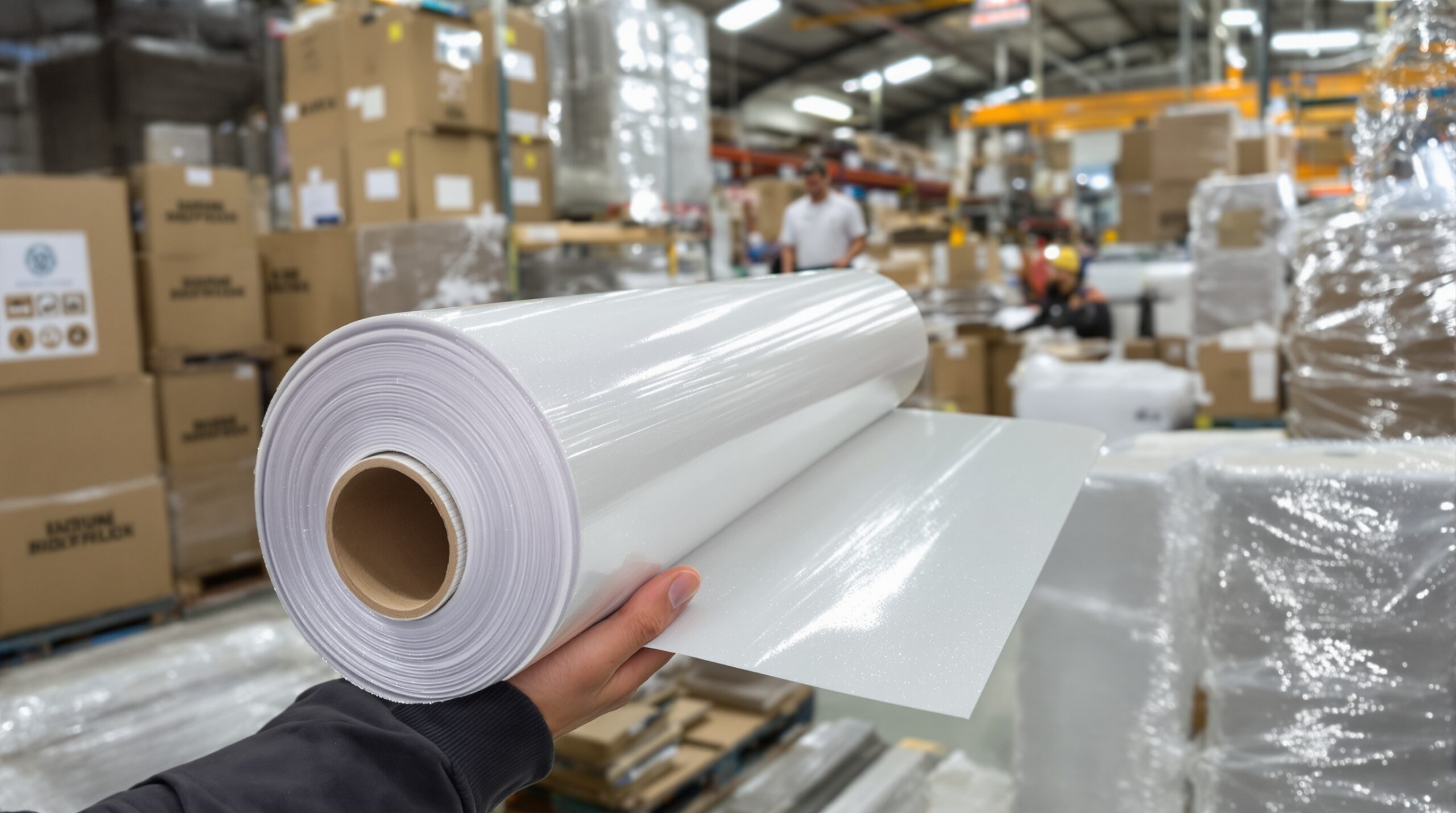The global shipping industry faces increasing pressure to reduce its environmental footprint. Traditional packaging materials, especially single-use plastics, contribute substantially to waste and pollution. Innovative companies and researchers are developing revolutionary biodegradable packaging solutions poised to transform the shipping world. By embracing such advances, the sector can simultaneously boost sustainability initiatives and respond to growing consumer and regulatory demands.
The Environmental Challenge of Conventional Packaging
Every year, billions of packages are shipped worldwide, generating vast quantities of plastic and foam packaging waste. Most of these materials end up in landfills or oceans, where they linger for hundreds of years. The sluggish decomposition of plastic results in microplastics, which harm wildlife and contaminate food chains. Packaging pollution has sparked international concern, driving shipping companies to seek viable alternatives. Companies face increasing scrutiny from environmentally conscious consumers demanding eco-friendly solutions.
Biodegradable Packaging: An Innovative Solution
Biodegradable packaging represents a technological leap forward in environmental stewardship. These materials break down naturally, thanks to microorganisms, without leaving toxic residues. Unlike traditional plastics, they decompose within months under the right conditions. Materials such as starch, seaweed, cellulose, and mushroom-based composites are leading the charge. Each offers unique properties, including flexibility, strength, and insulation, making them suitable for a wide range of shipping needs.
Starch-Based Packaging
Starch-based packaging uses renewable agricultural products like corn or potatoes. These materials are lightweight, cost-effective, and compost safely within weeks. Companies can use starch foam as an alternative to petroleum-based packing peanuts or molded inserts. This switch significantly reduces landfill waste and carbon emissions from shipping operations. A growing number of eco-conscious brands have already adopted starch-based solutions for their logistics chains.
Seaweed and Algae Packaging
Bio-packaging derived from seaweed and algae is gaining momentum due to its abundance and rapid regenerative properties. Seaweed packaging offers impressive oxygen barriers and resists moisture, protecting goods during transit. It can be shaped into wraps, sheets, or cushioning materials. The production process generates minimal waste and uses less energy than conventional plastics. Large shipping companies are investing in seaweed-based prototypes for their product lines.
Mushroom-Based Composites
Mushroom-based packaging utilizes mycelium, the root structure of fungi, which binds together natural fibers like hemp or agricultural waste. This composite can be molded into custom shapes, providing shock-absorbing protection for fragile items. After use, mushroom packaging decomposes within weeks in soil or compost bins. Many startups are focusing on scaling production to meet rising demand from electronics and glass shipping markets.
Benefits of Biodegradable Packaging for the Shipping Sector
Adopting biodegradable materials brings multiple advantages to shipping operations. First, environmental compliance improves as companies phase out polluting plastics. Reports suggest that eco-packaging can reduce greenhouse gas emissions by over 60 percent compared to petrochemical-based materials. Biodegradable options also reinforce corporate social responsibility initiatives, helping build trust and loyalty among customers. Eco-friendly packaging may qualify brands for government incentives or preferential logistics partnerships.
Shipping companies also achieve cost savings over time. While up-front costs for biodegradable packaging may be higher, waste management fees tend to decrease. Compostable materials usually weigh less than traditional packaging, reducing fuel usage and transportation costs. These financial benefits offer a competitive edge, especially as shipping customers demand greater transparency and accountability from logistics providers.
Overcoming Challenges in Implementation
Despite many advantages, shifting to biodegradable packaging entails significant operational adjustments. Some biodegradable materials lack the long shelf life or moisture resistance of plastics. Shipping companies must test new solutions under varied shipping conditions to ensure product integrity. Scaling production to meet global demand can pose supply chain challenges for manufacturers of biodegradable materials.
Education and communication play crucial roles in the transition. Logistics teams need training to properly handle and dispose of biodegradable materials. Consumers also require clear labeling and instructions for composting or recycling spent packaging. Establishing effective recycling and composting infrastructure presents another challenge, particularly in regions with limited waste management resources.
Technological Advances and Partnerships
Cutting-edge research is driving the quality and versatility of biodegradable shipping materials. Nanotechnology, bioengineering, and polymer science enable manufacturers to enhance durability, water resistance, and transparency. New blends of biodegradable composites outperform early prototypes in environmental and performance tests. Industry-academic partnerships are fueling continued breakthroughs and commercial product launches.
Collaborative initiatives between shipping companies and eco-packaging startups help bring promising solutions to market faster. Joint pilot programs provide real-world performance data and customer feedback. These partnerships streamline large-scale adoption, transforming supply chains and reducing global marine and terrestrial pollution.
Industry Outlook and Future Possibilities
The shipping industry is standing on the cusp of a packaging revolution. Experts predict the global biodegradable packaging market could surpass $20 billion annually by 2030. Changing regulations, such as single-use plastic bans and extended producer responsibility, will accelerate adoption rates. As production costs fall and supply chains mature, biodegradable solutions will become even more attractive for mass deployment.
Manufacturers are experimenting with hybrid materials that blend recycled paper, bio-resins, and plant-based films for greater versatility. Advances in 3D printing enable custom-fit eco-packaging, further reducing material usage and waste. Sustainability certifications and expanded composting networks will give consumers and logistics firms greater confidence in packaging disposal practices. These innovations support a circular economy for packaging materials, closing the loop on resource use.
Conclusion: Shaping a Greener Future for Shipping
Biodegradable packaging is set to transform the shipping industry, offering powerful solutions to environmental and operational challenges. By embracing these cutting-edge materials, companies can lower costs, strengthen brand reputation, and comply with sustainability mandates. The ongoing collaboration between industry, researchers, and regulators promises faster innovation and wider adoption. As these materials enter mainstream supply chains, the shipping sector will play a pivotal role in the global transition to a greener, cleaner future.

